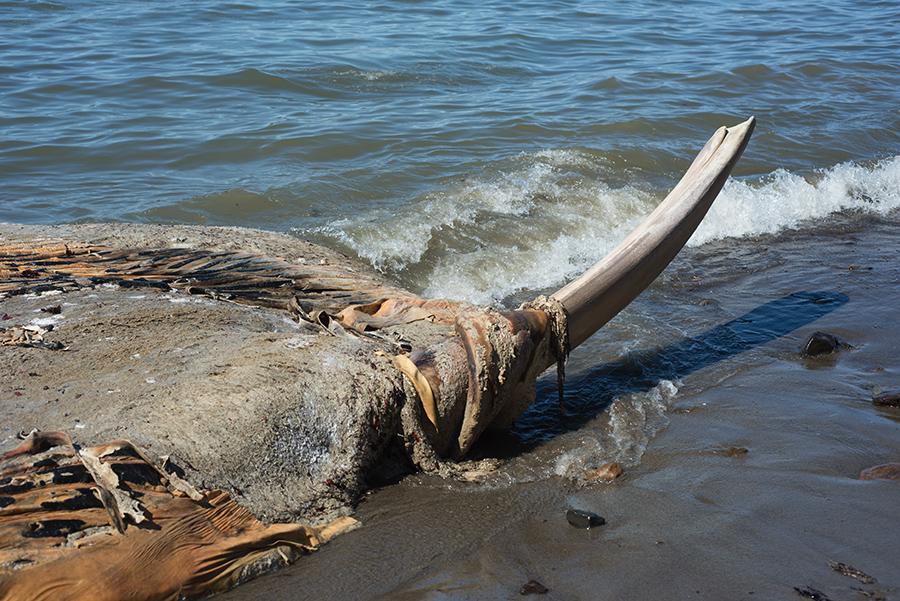Rising out of the sand, the bones of the blue whale on Agate Beach are still layered with ribbed flesh, flaky and graying in . . .
Bolinas park and school hope for blue whale specimens


Rising out of the sand, the bones of the blue whale on Agate Beach are still layered with ribbed flesh, flaky and graying in . . .